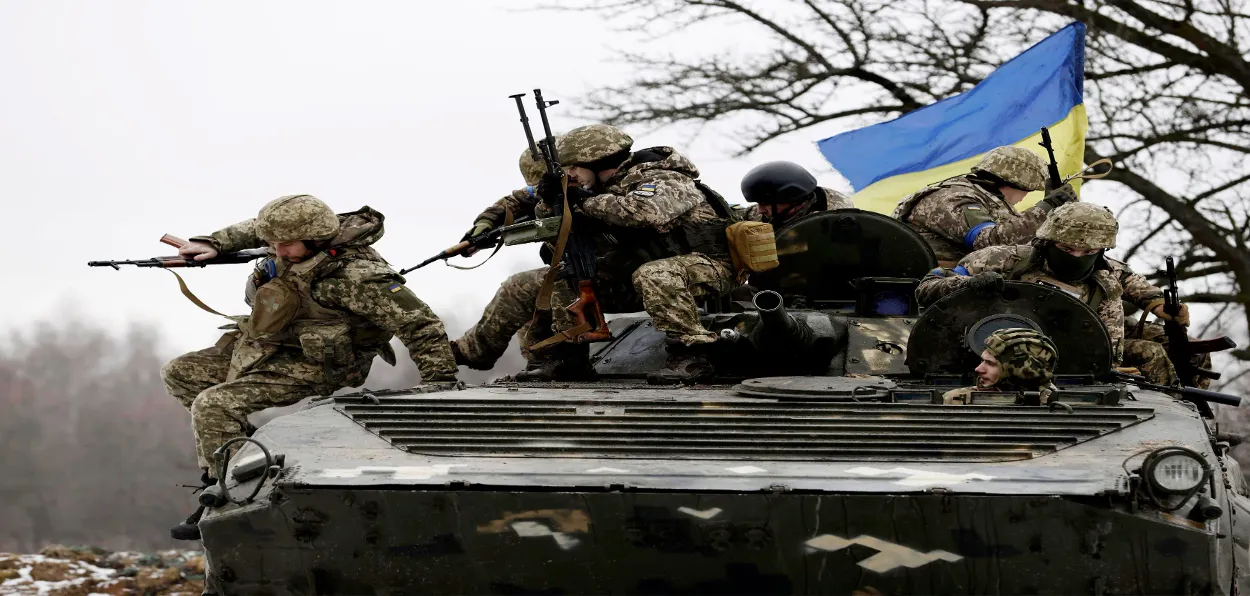
 Sushma Ramachandran
Sushma Ramachandran
Taking advantage of the lower world crude oil prices, prices of petroleum products including cooking gas, petrol, and diesel have been slashed recently. However, just days after this relief to the consumers, there is a real possibility that global oil markets could see a hardening price trend. The benchmark Brent crude is already touching 87 dollars per barrel, after months of hovering in the range of 75 to 82 dollars.
The International Energy Agency (IEA) has also forecast that demand growth will be higher than anticipated in 2024, while geopolitical tensions are expected to cast their shadow on oil prices.
Yet the latest downward revision of domestic oil product prices was long overdue given the prolonged spell of relatively low crude prices since January 2023. The reduction in petrol, diesel, and cooking gas prices was on the cards for some time, but the careful timing has made them a pre-election bonanza for voters. At the same time, it must be conceded that pump prices were not allowed to rise despite the spike in world markets after mid-2022. Consumers have been protected from the volatility of world oil markets in recent years. A series of price hikes were carried out from March to April 2022 after the outbreak of the Ukraine war but this was moderated by excise duty cuts in May. Since that time oil prices remained unaltered even in the face of short-term volatility in international markets.
A price was paid, however, for keeping rates at artificially low levels. This had an impact on public sector oil marketing companies which were saddled with huge recoveries in 2022-23. They managed to end the year in the black with profits estimated at Rs. 8200 crore but would have faced tougher times if global prices had not moved downwards from April last year. To put the issue in context, it should be explained that the administered pricing mechanism was officially abolished years ago, but effectively the OMCs still follow government directives on oil product prices. These OMCs which control 90 percent of oil refining and marketing in the country include the Indian Oil Corporation - the largest entity - as well as Bharat Petroleum Corporation Limited and the Hindustan Petroleum Corporation Limited.
The OMCs have had to face a fast-changing oil scenario in recent times. The situation has changed dramatically over the past year. Crude oil prices averaging 94 dollars per barrel in 2022-23 have softened considerably since then. This enabled the OMCs to make profits estimated at Rs. 69000 crores in the first three-quarters of the current fiscal - 2023-24. Hence the price cuts were an easy call right now.
Yet there are clouds on the horizon if current demand forecasts are to be taken seriously. Prices have suddenly begun to firm up and the IEA has revised its global demand projections for 2024. The agency has raised its forecast of increased demand during the year from 1.2 million barrels per day (bpd) to 1.3 million bpd. The assessment has been made based on a variety of dynamic factors including the Yemen-based Houthi attacks on merchant shipping going via the Red Sea. The additional fuel needed by ships having to take the longer route up to the Cape of Good Hope has been mentioned as one of the reasons for higher oil demand. In addition, the agency found that the long lead time for shipments meant that as much as 1.9 billion barrels of oil was at sea last month.
Another development weighing on demand forecasts is the drone attacks on Russian oil refineries that could have an impact on output. One such attack has reportedly led to a fire at one of the biggest Russian refineries. There are also reports of Ukrainian assaults having affected refinery output in that country. Crude oil inventories have simultaneously fallen in the U.S. owing to higher demand. This is being linked to lower interest rates and consequent pick up in economic activity which naturally raises fuel demand.
The production cuts effected by the Organisation of Petroleum Exporting Countries (OPEC) and its allies like Russia have so far not had much of an impact on the market but this could change later in the year. As of now, the oil cartel has extended its production cuts of 2.2 million bpd till mid-2024. In addition, Saudi Arabia has also extended its voluntary cut of one million bpd which brings its total output to 9 million bpd, far below its capacity of 12 million bpd.
The volatility in world markets is worrying for an economy that imports over 80 percent of its fuel needs. In case prices cross 90 dollars per barrel as is being projected by some agencies, it would be a difficult burden for the exchequer to bear. Consumption of petroleum products is also likely to be driven up by the coming elections as petrol and diesel usage usually rises dramatically during this exercise. Given growing geopolitical tensions, there is little the present regime can do in case international prices continue to harden except to continue contracting from the cheapest suppliers.
ALSO READ: At WTO, India again manages to protect its farmers' interests
It will now be for the newly elected government to review energy policy especially fossil fuels like crude oil. This will also have to consider expanding the scope of non-renewable energy sources to reduce dependence on imported fuels. On the plus side, India has already exceeded its targets as far as non-renewable energy is concerned and is reported to have as much as 40 percent of power capacity in this sector. At the same time, the country will continue to be dependent on traditional hydrocarbons for quite some time. The policy review will thus have to ensure that the country’s strategic interests are protected by tying up long-term import contracts for essential fuels at favourable rates with reliable suppliers.
